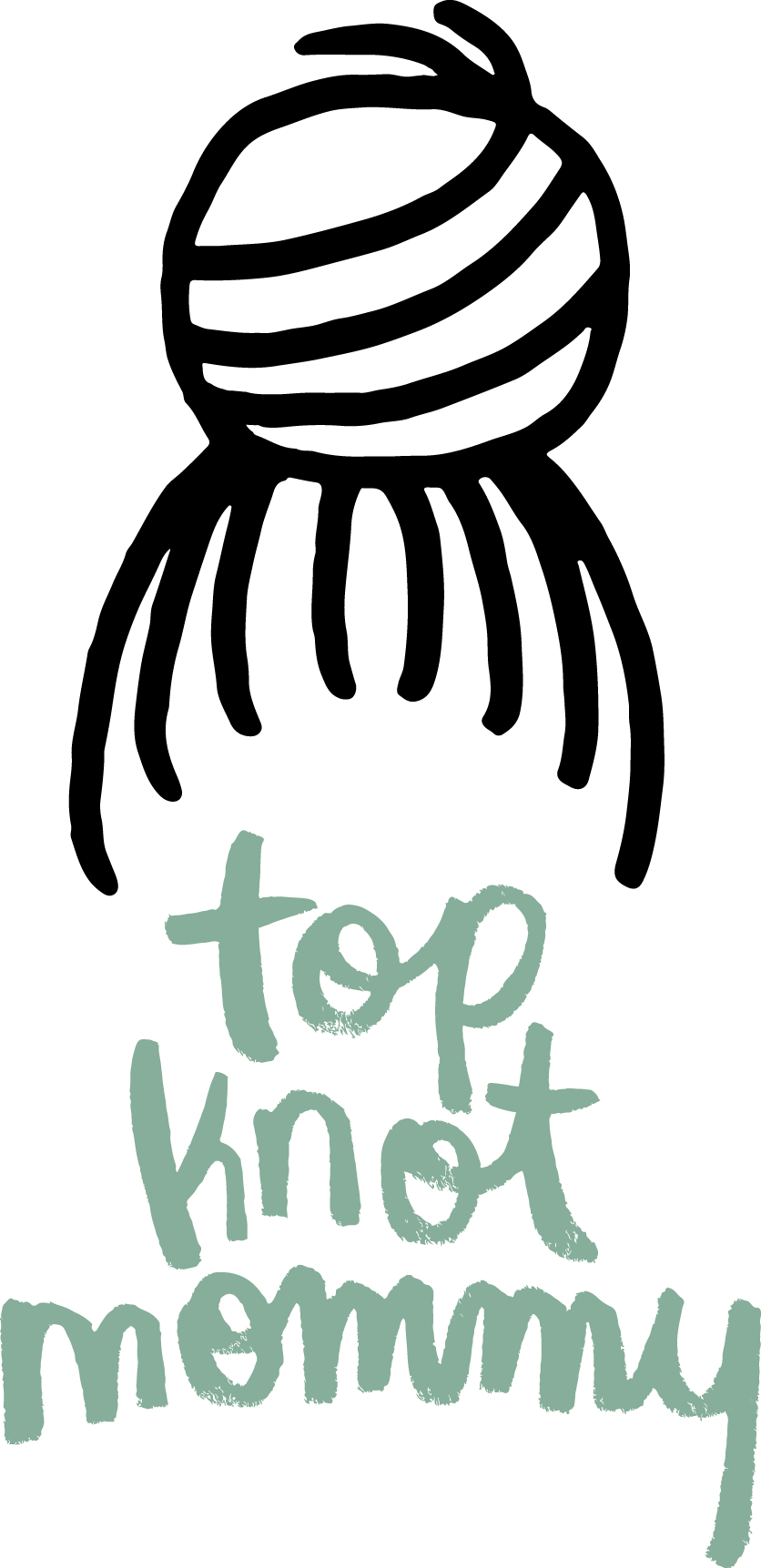Five Tips for Breastfeeding in The First Three Days
I am SO excited to bring you Leanne from Nourish Lactation Consulting. She has been educating mamas all over about nourishing their babies and breastfeeding.
x
Leanne is a Registered Nurse and Lactation Consultant and she’s loaded with incredible information. I am so excited to share her top tips with you today!
Lets dig right in…
Breastfeeding is both a science and an art, heavy with conflicting advice from family, friends, medical professionals, and even strangers. So what's a mama to do in those first couple days to get breastfeeding off to a good start?
1 . S K I N T O SKIN
Your chest is your baby’s home. Your baby knows exactly what to do when placed skin to skin. Their brains are programmed to recognize the nipple and the areola acts as a bulls-eye target.Your baby has a crawling reflex to get there. It can take your baby, on average 1 hour of uninterrupted time on your chest to latch on after birth, so be patient. We often refer to this first hour as the ‘Golden Hour’. Your baby will be alert for 1 hour + after delivery, so there is plenty of time for that first breastfeeding session and bonding to happen. Hospital routines should be delayed until after the first breastfeeding session is completed.
2. SLEEP
It's tempting to invite your family and friends to come visit as soon as your little bundle of joy arrives. Remember you, your partner, and your baby have been through a major life-changing experience! There won't be much time to catch up on lost sleep, so give yourself the gift of rest whenever you get the chance.
3. FORGET THE CLOCK
Your baby will feed best on demand. This means anytime he shows you feeding cues, is the right time to breastfeed. Some of these signs include the following: rooting, smacking lips, turning head from side to side and putting his hands in his mouth. Don’t wait until your baby is crying to breastfeed. Crying is a late sign of hunger. Crying babies are very hard to calm and then feed! Most newborns are pretty sleepy in the first few days after birth and may not wake on their own to
breastfeed. You should feed your baby at least every 3 hours or sooner if they look like they want to eat.
4. KNOW WHAT IS NORMAL
It is normal for your breastfed baby to lose weight in the first 3-4 days after delivery. 5-7% weight loss is average, but some babies can lose up to 10%. Babies whose mothers had IV fluid during a long labour or were delivered by cesarean section tend to lose more weight. So keep this in mind as an important part of advocating for your baby's health in the hospital. It’s also normal for your baby to cluster feed. This means shorter feeds but your baby may want to eat more frequently. Sometimes every 30 minutes-1 hour. This is your baby’s way of helping your milk come in faster! So enjoy that skin to skin and remember it typically takes 3-4 days for your milk to come in.
5. HAND EXPRESS COLOSTRUM
What happens when your sweet little baby wants to nurse non-stop and doesn’t seem satisfied after breastfeeding? The colostrum made by your breasts is all your baby needs to eat in the first few days until your milk comes in. But sometimes demand outweighs supply and baby may need a little dessert. The best way to ensure your baby is getting enough to eat is to hand express extra colostrum after breastfeeding and offer dessert on a spoon. We are talking about pretty small amounts.....1-5 mls after a feed is completed usually does the trick in first few days until milk comes in.
We hope that you love these tips, I am so grateful that Leanne From Nourish Lactation Consulting partnered with me to bring you her incredible expertise. If you have more questions or want to learn more about getting nursing/feeding help please reach out to her in Instagram @nourishconsulting and visit www.nourishconsulting.net
Stay tuned for more incredible articles to come!
All the love,
Top Knot Mommy






